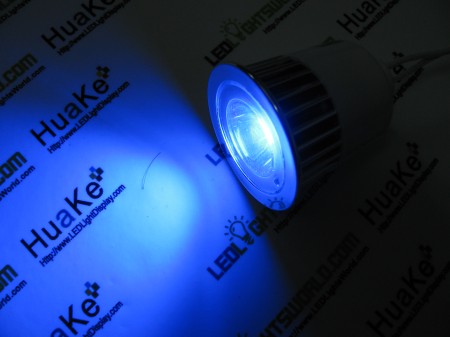When we buy a car or motor car ,we want to make the back light bright.Flexible Grill LED Strip, Motorcycle, Car Lights is your best choice.LED car strips light put out a minimum amount of heat, so there’s no fire risk, and they’ll fit in a variety of places: Around the front grilleUnder foot-wells ,On wheel wells ,In the trunk ,Under the hood ,On headlights ,Along the dash,Wherever the heck you want them to go! The only limit is your imagination.

Motorcycle-Car-Lights-Flexible-Grill-Light
I have some LED motorcycle brake light enhancements on my other motorcycle, a ’94 BMW K75, and I’m pleased with the way they’ve been working (see the article “Improving the Brake Light Visibility of a BMW K75” on the wBW Technical Articles page).
LED’s draw very little current; are very bright; they cycle on and off extremely fast compared to incandescent bulbs; and they have a very long service life. This is important for motorcycle applications. They are also much more resistant to failure from vibration, which makes them potentially useful on motorcycles.
The downside is that the LED lights throw light that is very directional. They must be viewed at almost a direct angle in order to realize their increased brightness (more on this later).
By the way, did I say they can be very expensive? The LEDtronics 1156 replacement in red costs $48.50, and it cost me $5.35 for shipping to the east coast via UPS ground. Yep, I’m embarrassed! But hey, at least the money was spent in the spirit of webBikeWorld knowledge sharing….
Comparison of LED brake lightsI read an article that was linked from the LEDtronics website that was written by the owner of a Yamaha R1 about his use of an LED light replacement. The owner was searching for a brighter LED light to replace the Asian-sourced LED unit on his bike’s custom tail treatment.
It is apparent (confirmed by other sources) that some lower-quality LED lights from overseas can produce very low levels of light, enough to make them fairly useless for brake light applications.
The owner was pleased with the brightness of the LEDtronics replacement light, and there are some photos on the site that illustrate some of the differences between his stock LED light and the LEDtronics 1157. I was convinced that a lighting replacement would do the same for my R65.
So I eventually ordered an 1156 replacement after communicating with an engineer at LEDtronics about which color light would be appropriate. He assured me that the red LED is the one to use for brake light applications.
The LED light is differently shaped than the 21 watt GE 1156 long life that I use (see photo left), but it fit in the receptacle of the R65’s taillight with no problem. The shape of the LEDtronics light may be an issue on some bikes though — see the dimensions in the schematic above to determine if it will fit for your application.
I was anxious to try out the LED to see what difference it made. I assumed it would be noticeably brighter than the 1156 bulb I was using — I was psyched up and thinking it would blast anyone to the rear with shimmering cascades of brilliant light! But as soon as I applied the brakes, I realized this was not to be.
Although the LEDtronics LED light cycles on very quickly, it was immediately obvious that the amount of light it put out was nowhere near the incandescent. It is much more directional, and it doesn’t have enough “side throw” to bounce the light around in the plastic chrome housing and out the back of the taillight lens.
I took some photos of the light from straight on at brake light level and also from looking down at the brake light (Photos 4 and 5), where the directionality is much more noticeable. Both sets of photos were taken from about 5 feet back, and photos 4 and 5 were taken from a camera lens height of 5′ 2″.
It’s hard to get good photos of lighting, but I think you can see that the photos illustrate that the LED light in Photo 3 is much more directional and doesn’t fill up the brake light lens with light when compared to the 1156 incandescent bulb in Photo 2.
I think the reason for this is that out of the 24 individual LED lights that make up the LEDtronics unit, 16 are oriented directly towards the back and only 8 of them are oriented radially around the sides. This limits the amount of light that can be reflected off the chrome light housing.
Photos 4 and 5 compare the lights from above. Again, I think this illustrates what my eye sees — the LED light is more directional and doesn’t throw the same quality and “volume” of light that the incandescent bulb does.
So, the bottom line is this: the only benefit I see of using the LED light in this application is that the light cycles on (and turns off) immediately upon application of the brakes. LEDtronics claims that this can reduce reaction time at 65 mph by 15 feet. But I don’t think the tradeoff in brightness is worth it.
By the way, I have nothing at all against LEDtronics or their claims. They have been honest and they seem to be a decent company to do business with. My opinion is that unless your brake or taillight were specifically engineered for LED lights, the old-fashioned incandescent may still be the way to go. My search continues….
Not only Truck ,bus ,motor car ,Use LED car light really saving energy for the world ,produce less heat and colorful………








